Japan is home to some of the world’s largest automakers. Gearheads and fans of those respective brands often have pilgrimages to their headquarters (if permitted) and respective official museums or collections across the country.
Today, we’ll be talking about the Honda Motor Company. While the most accessible one is the Welcome Plaza in Tokyo (right outside of the Aoyama-Itchōme station), the most notable facility is the Honda Collection Hall within the Mobility Resort Motegi complexin Tochigi.
The latter isn’t as easy to get to as it involves a two-hour drive from Tokyo to get there, but it’s worth the journey as you also get to visit one of Japan’s renowned racetracks, the Twin Ring Motegi circuit (which Honda also owns).
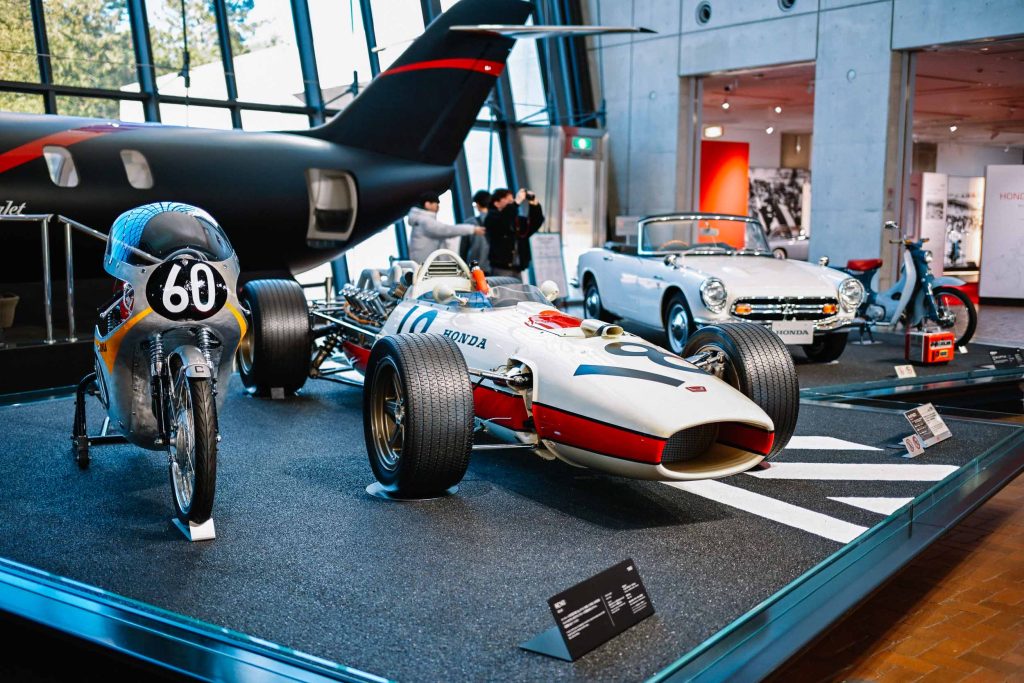
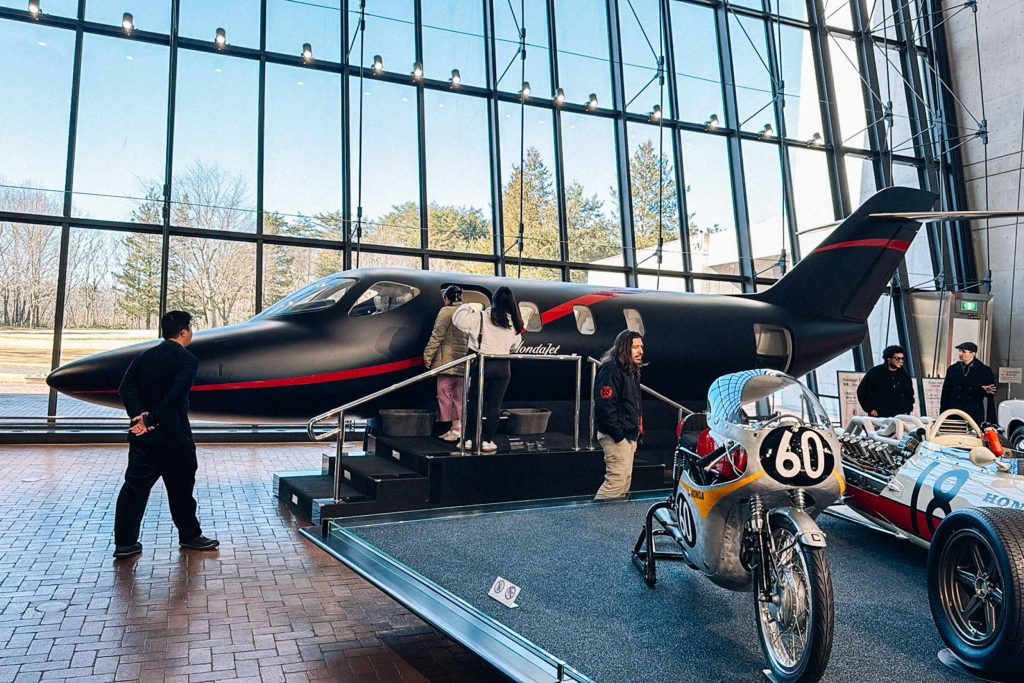
When you enter the freshly-renovated collection, you’re greeted by some of Honda’s finest racing machines of the past on both two and four-wheels (RC143 and RA273), alongside icons such as the S800 and a Super Cub C100, backed by a life-size mock-up model of the HondaJet Elite II that you can go in.
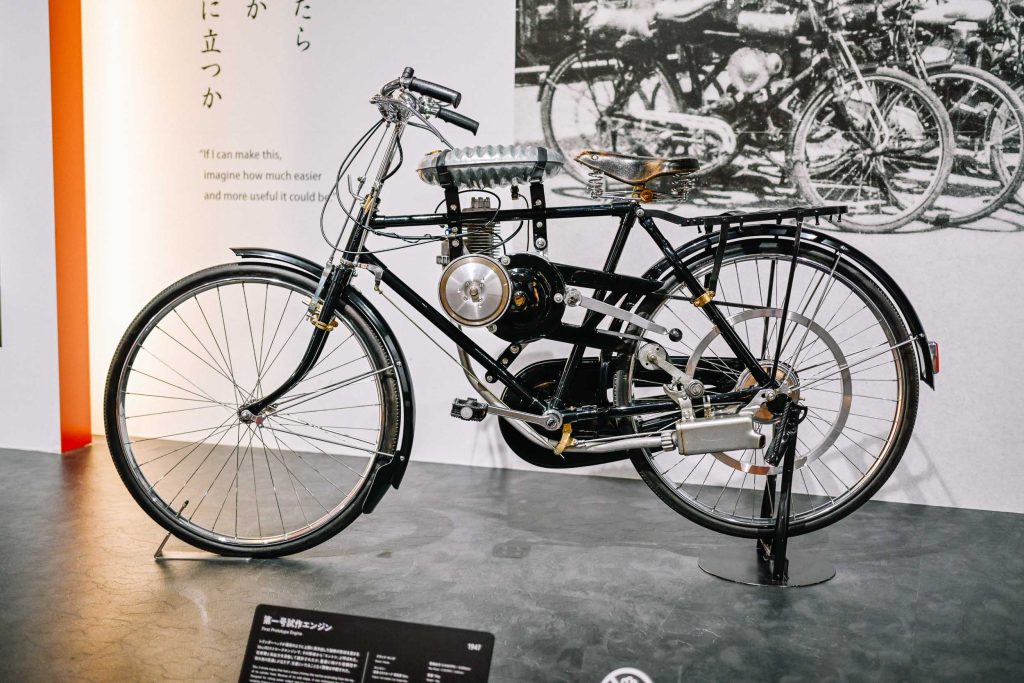
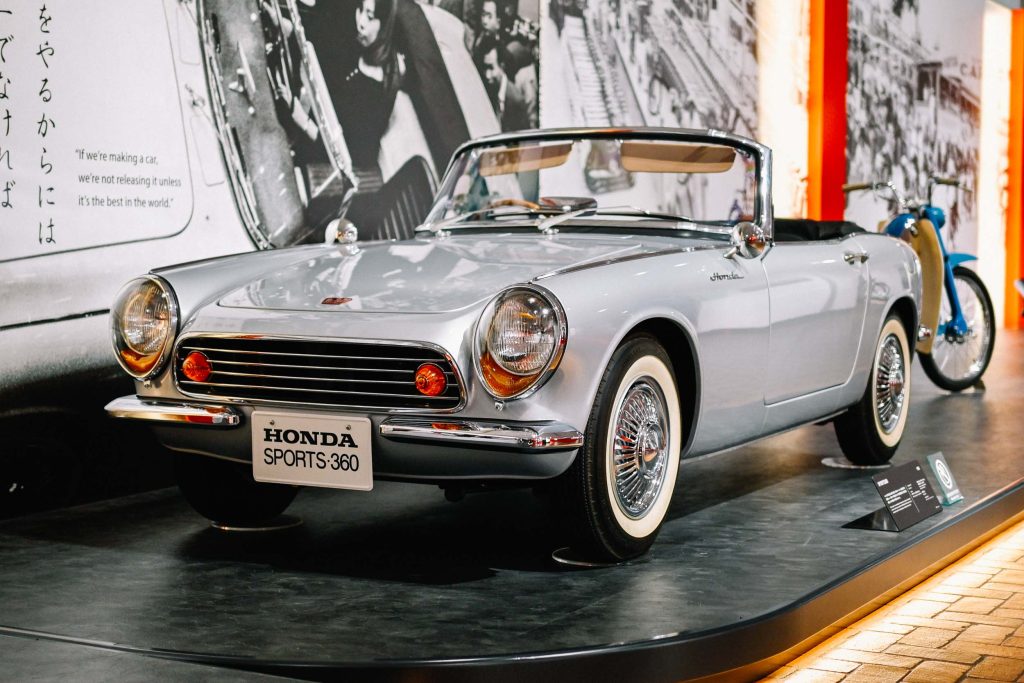
The first-floor exhibit has the company’s origins and Soichiro Honda’s early exploits, including a car he worked on. Here, you can see Honda’s origin in bicycles with tiny engines, and the S360: its first-ever vehicle, and a prototype that never made it into production despite its positive response from the masses.
Capping off that section is its first-ever Formula 1 car, the RA271 which was made back in 1964 and utilized a 1.5-liter naturally aspirated V12. Unfortunately, it was on display at the Tokyo Auto Salon when we visited.
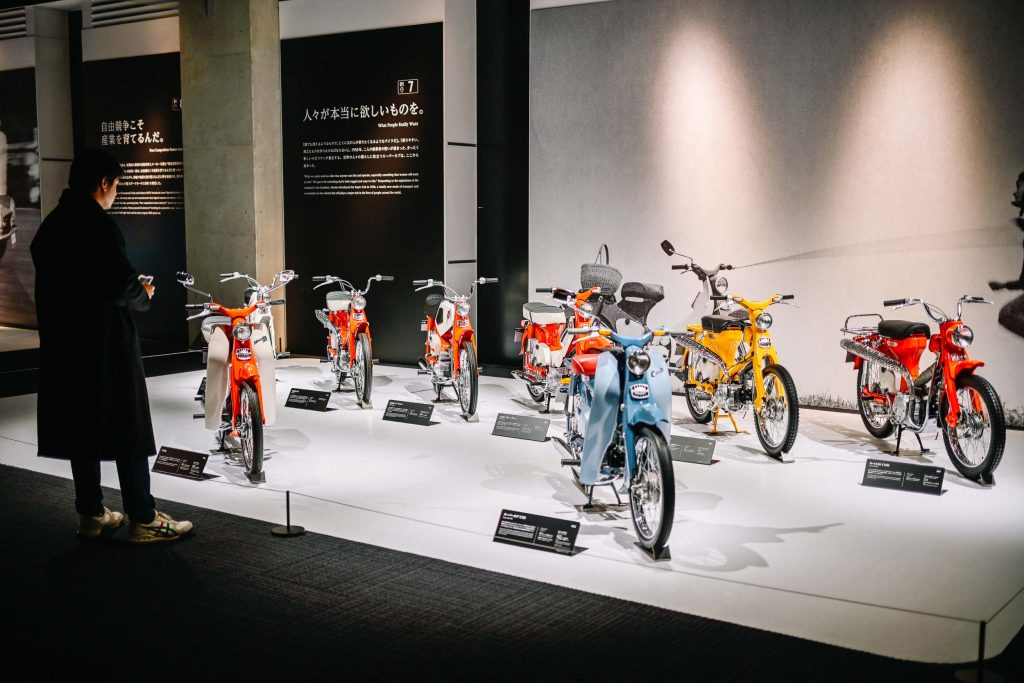

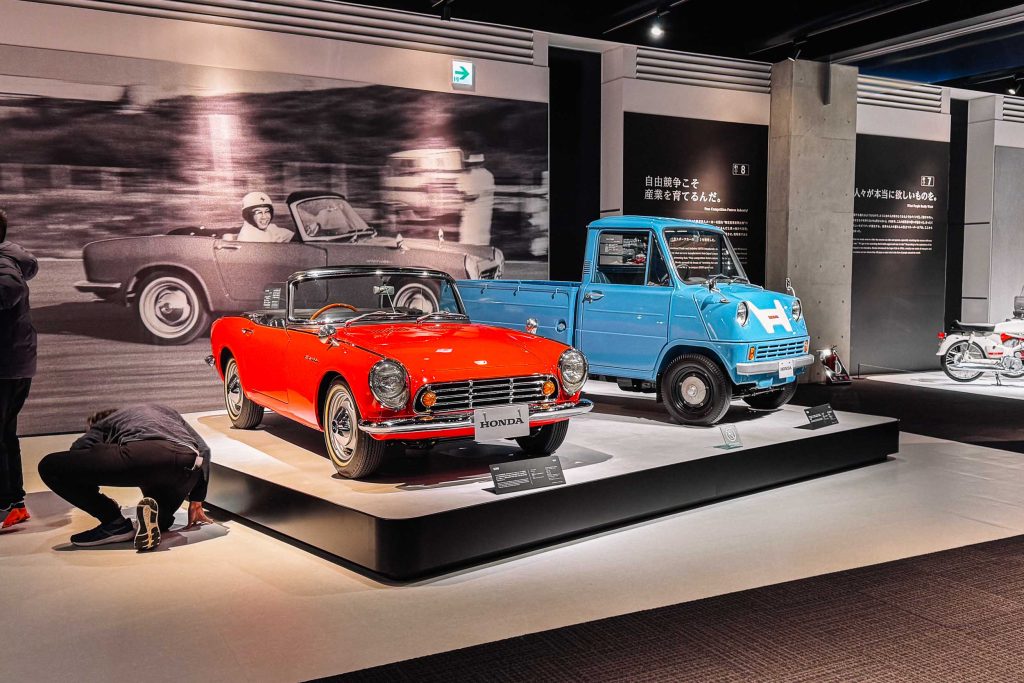
Go up a floor, and highlights from 1970 to 1980 are on display: multiple motorcycle models of various displacements; its first few cars like the T360, S500, N360, Z, and the quirky Vamos pickup.
At this time, Honda’s entry into the automotive market was rushed as it had anuphill battle with the introduction of the Specified Industry Promotion Bill of 1969 that made it almost impossible for new manufacturers to enter, as it had to rush to produce automobiles and sell them before the bill was enacted into Japanese law.
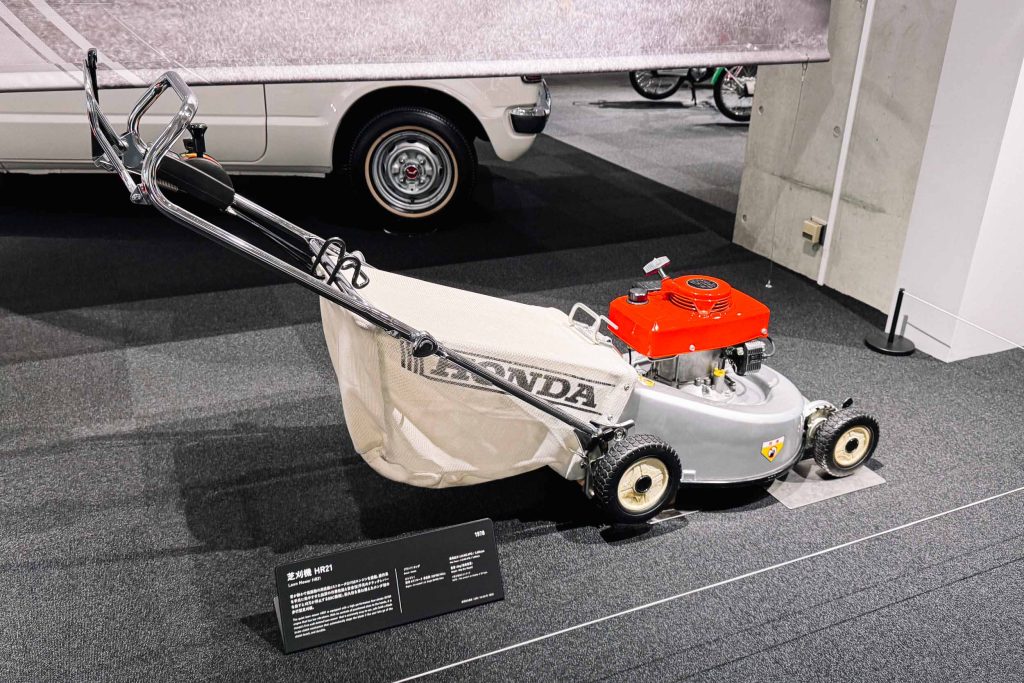
The other half shows the origins of iconic nameplates such as the Civic and Accord, and even a few appliances such as generators, motorized tillers, and snow blowers. If you are curious why the automaker made general-purpose appliances, its founder wanted to find a way to help improve the lives of people doing mundane tasks during post-war Japan.
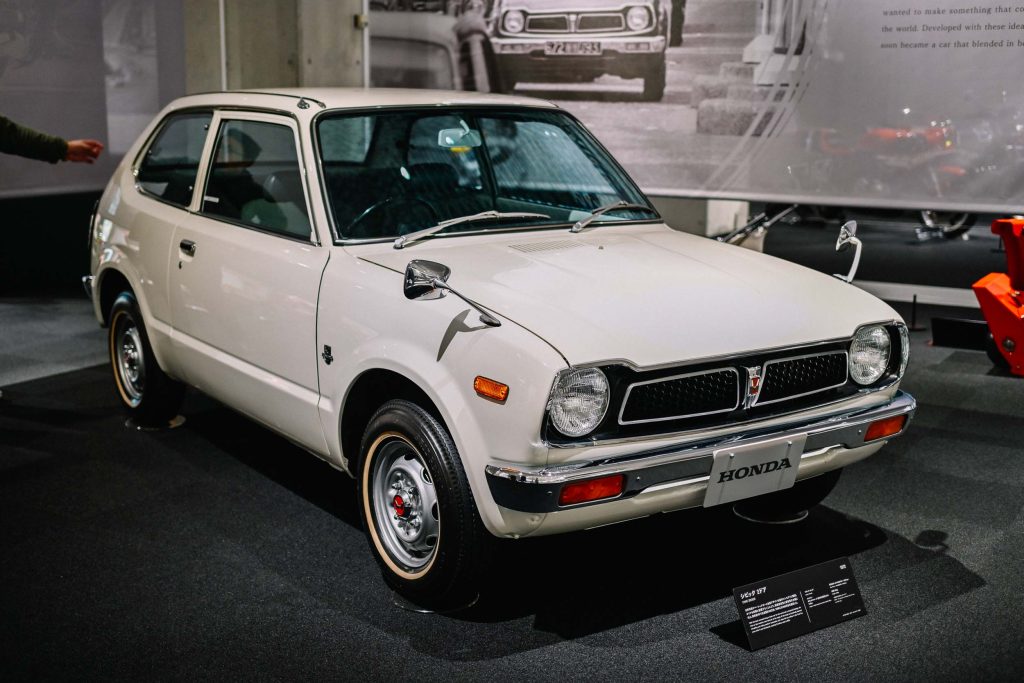
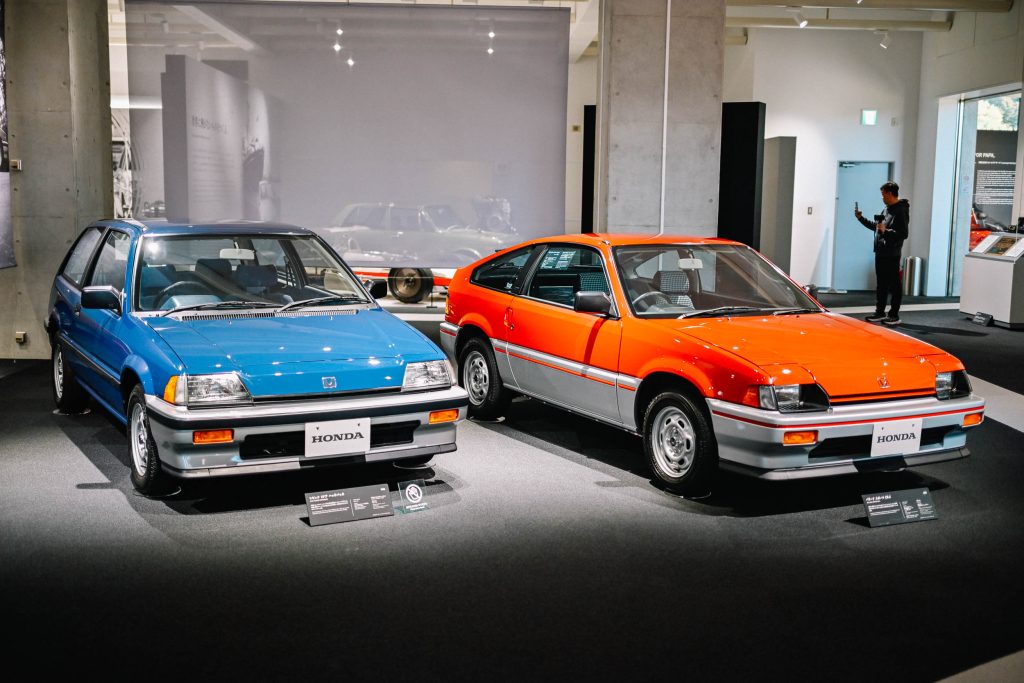
The third floor holds products made from around 1985 to 2000 when the company hit its stride and solidified its status in the industry, further propelled by the Japanese bubble economy of the late 80s.
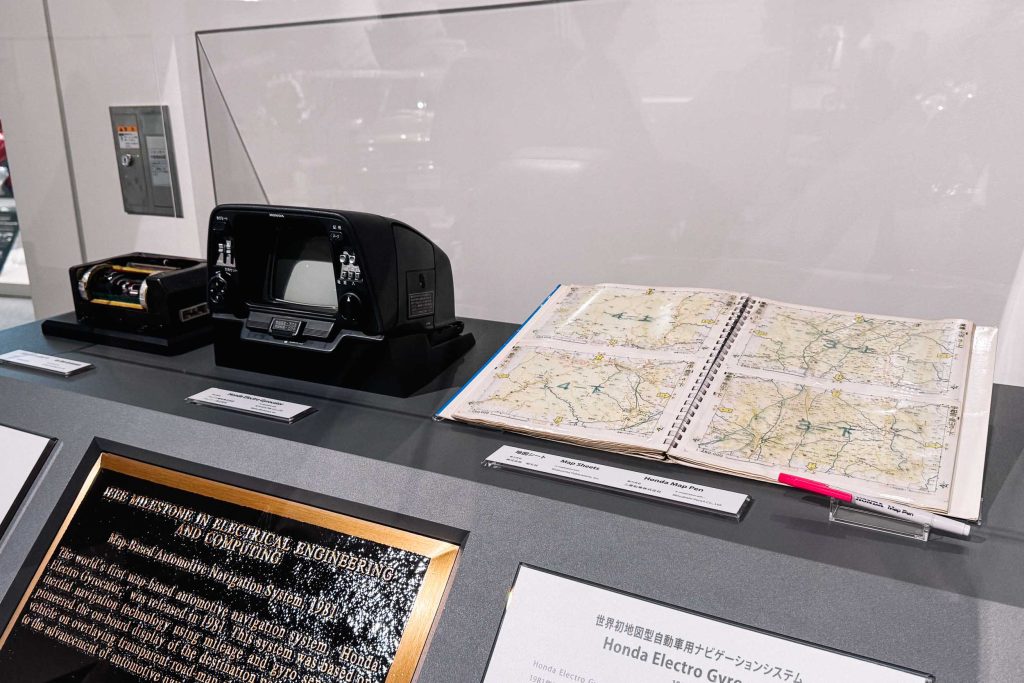
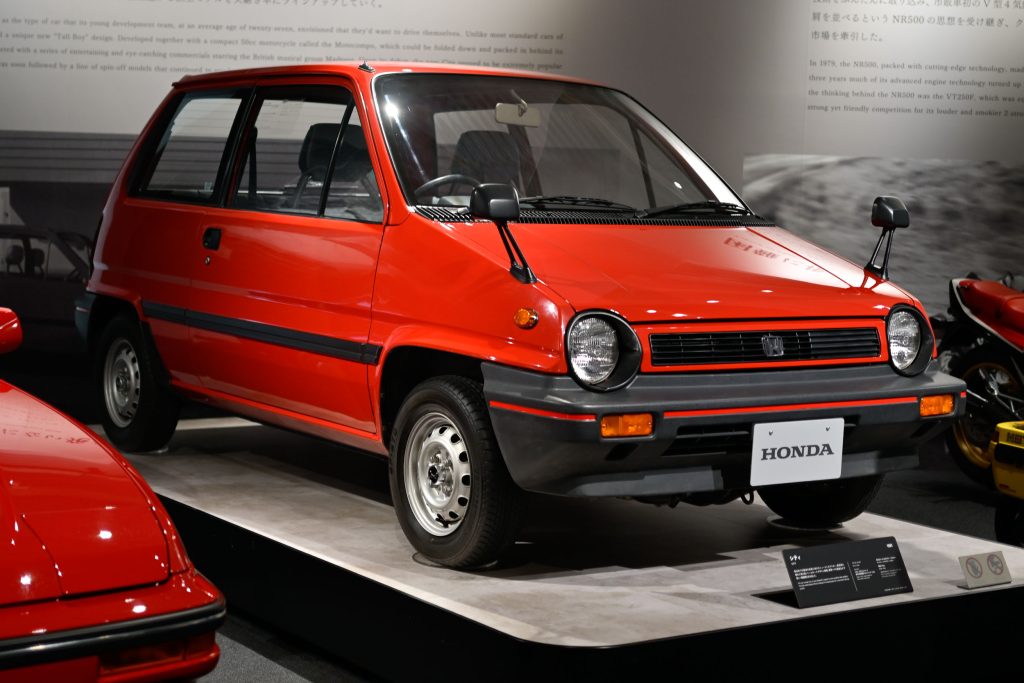
Apart from sporty models that we don’t see anymore, there’s technology that we take for granted today and quirky examples of last-mile mobility can be found, like the Honda Electro Gyrocator (an early form of in-car GPS) and the tiny Motocompo scooter that would fit in the back of a Honda City, which you would take out and ride to your office in the city once you parked your car.
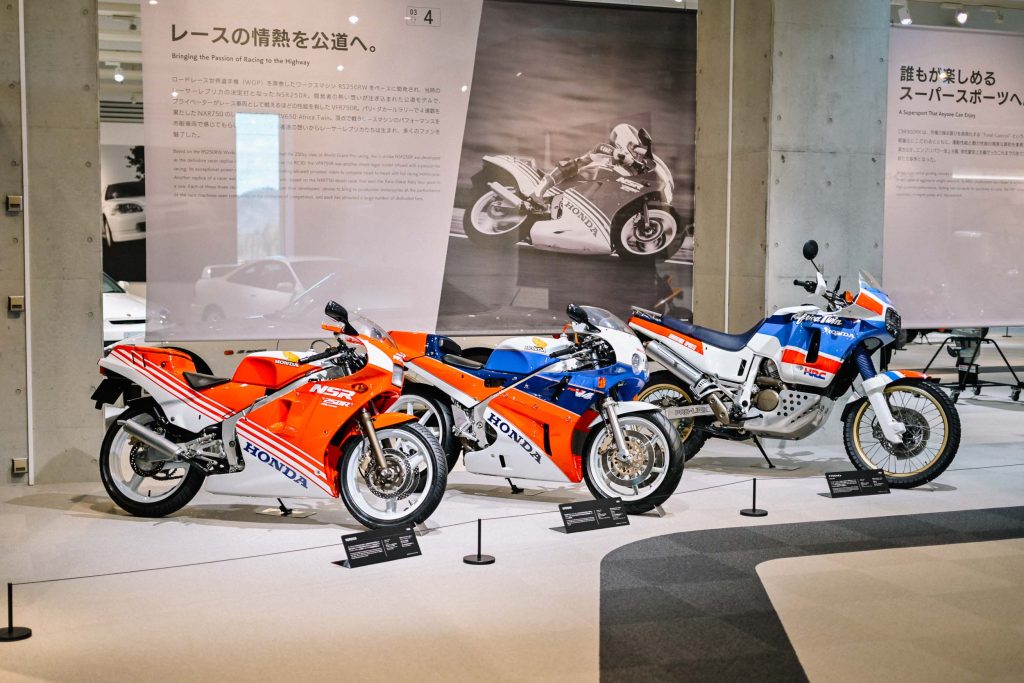
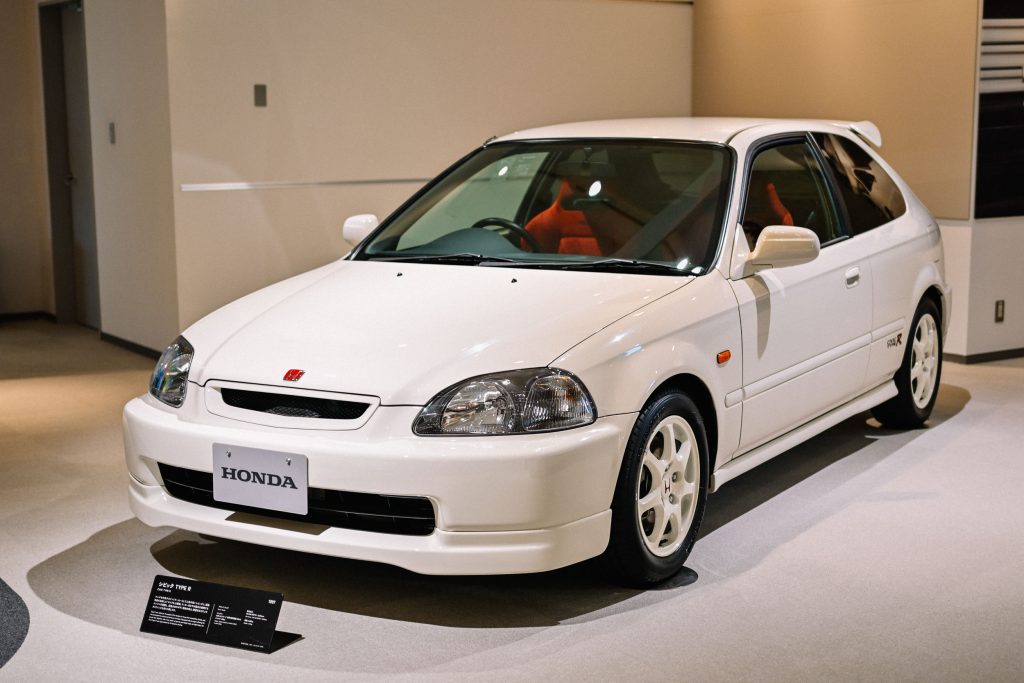
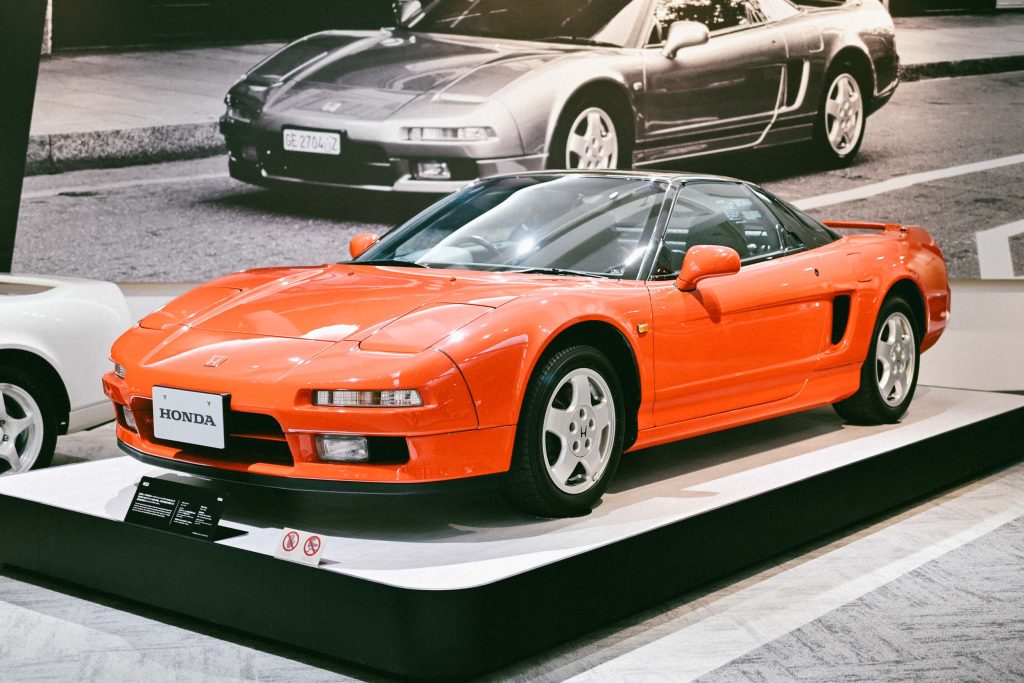
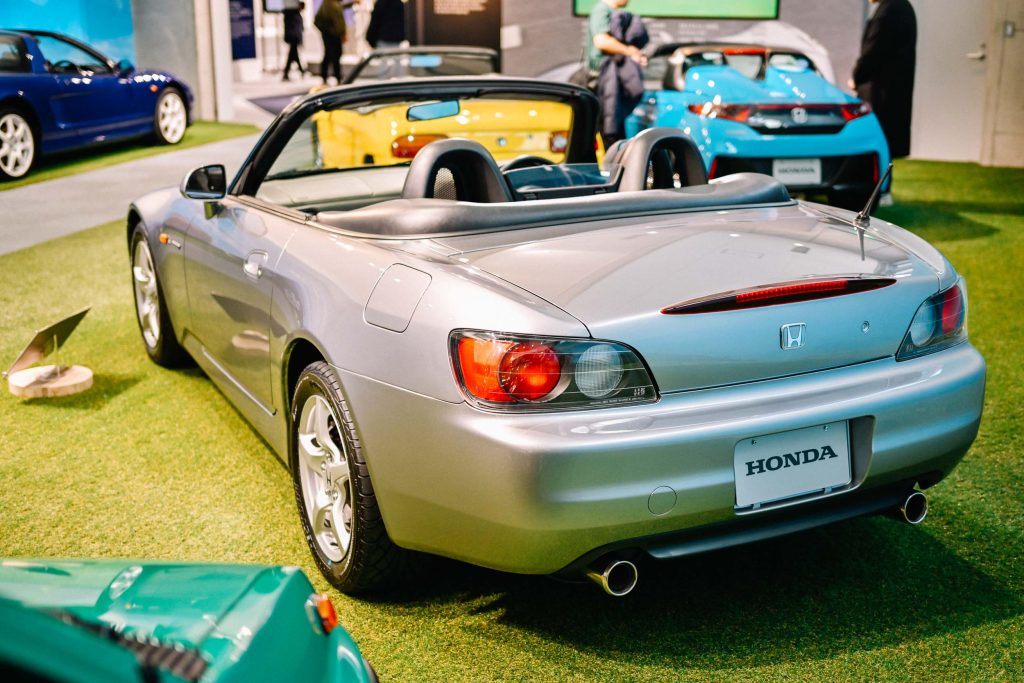
The rightmost section holds vehicles both regular and high-performance, such as Honda Racing Company (HRC) bikes that pushed the envelope further, Type R cars that need no introduction, and crowd-favorites such as the CR-V, Odyssey, and S2000.
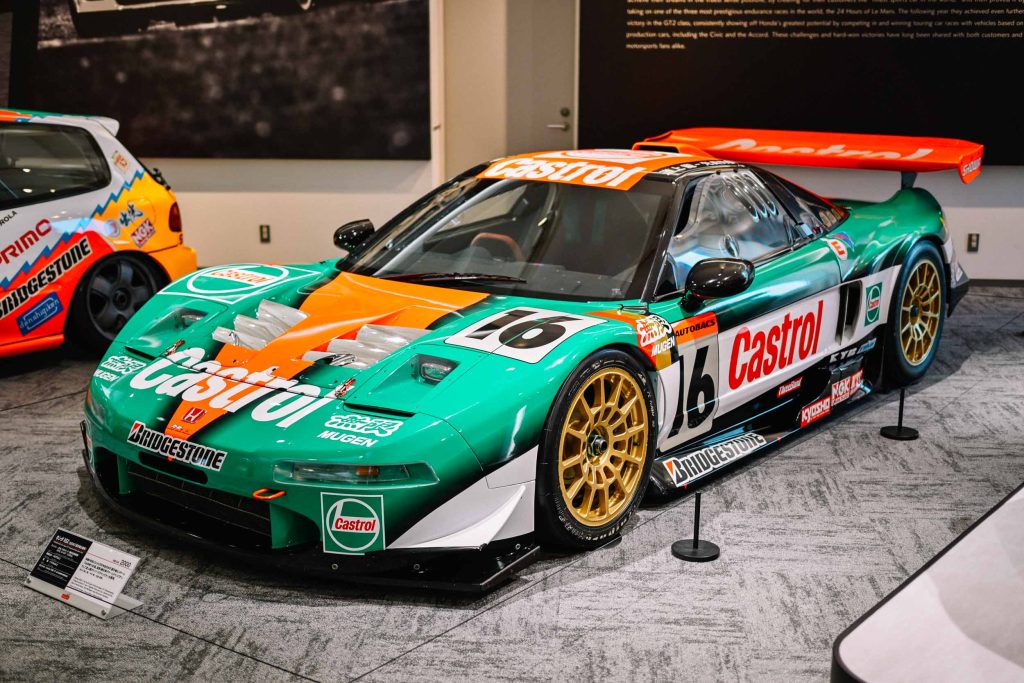
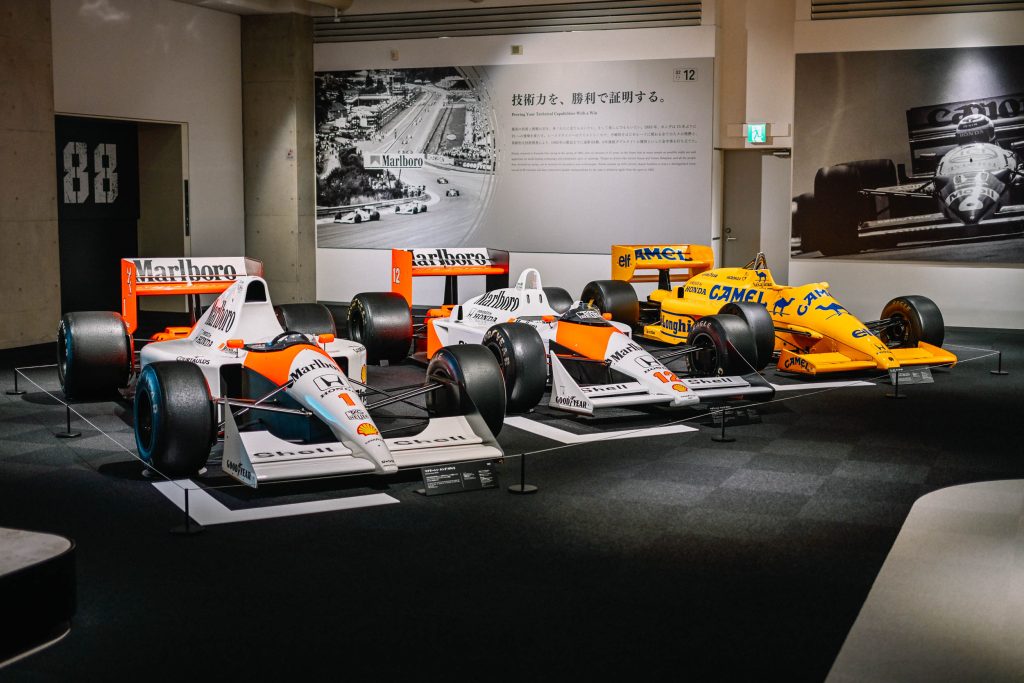
Who could forget a handful of race cars for various motorsport disciplines such as the All Japan Grand Touring Car Championship (now Super GT), the 24 Hours of Le Mans, and the legendary Honda-powered Formula 1 cars from the 80s piloted by the likes of Ayrton Senna?
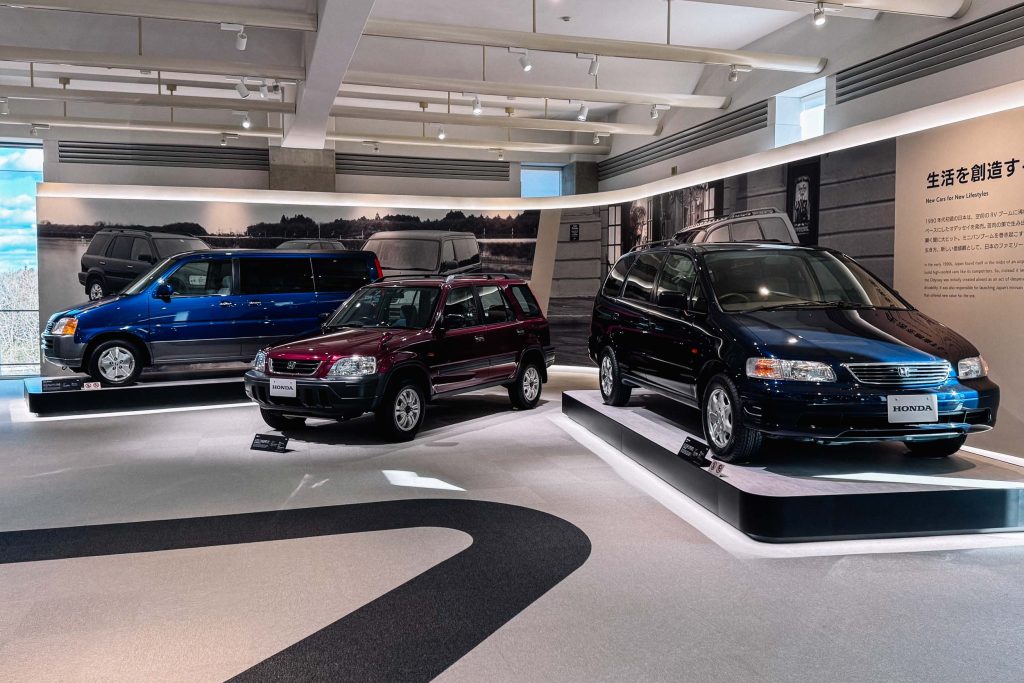
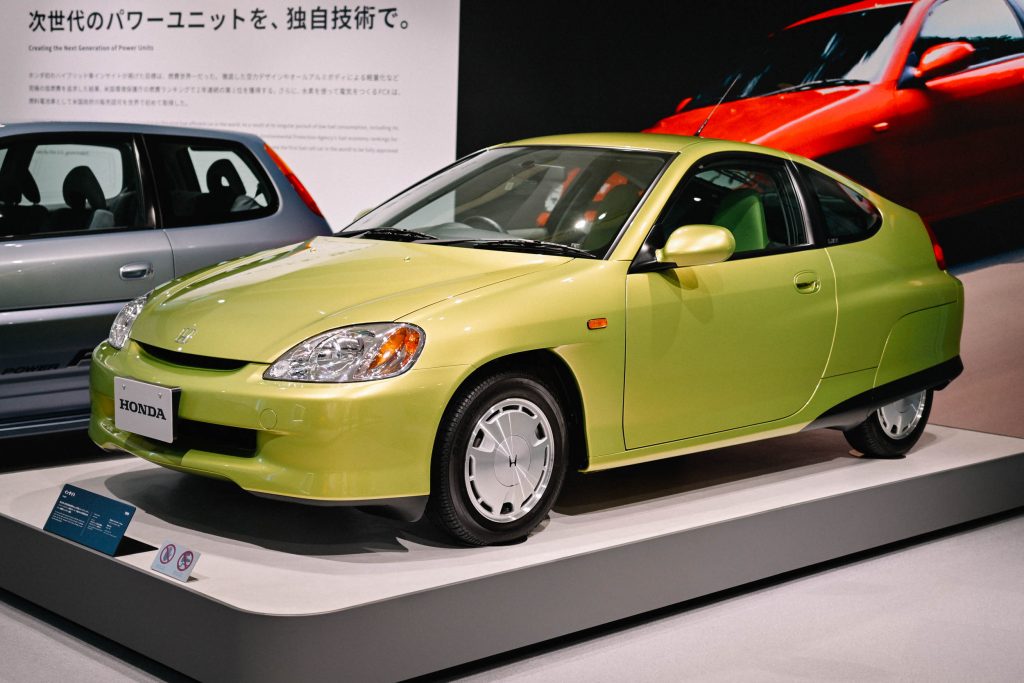
The final part of the exhibition holds a few of the company’s milestones from the 2000s onwards: hybrid and fuel-cell vehicles; compact cars designed to maximize as much space as possible within a tight space; the iterations of Asimo and Honda’s aerospace efforts, and even modern Formula 1 vehicles like the Red Bull RB15— it is significant for marking Honda’s return to modern F1.
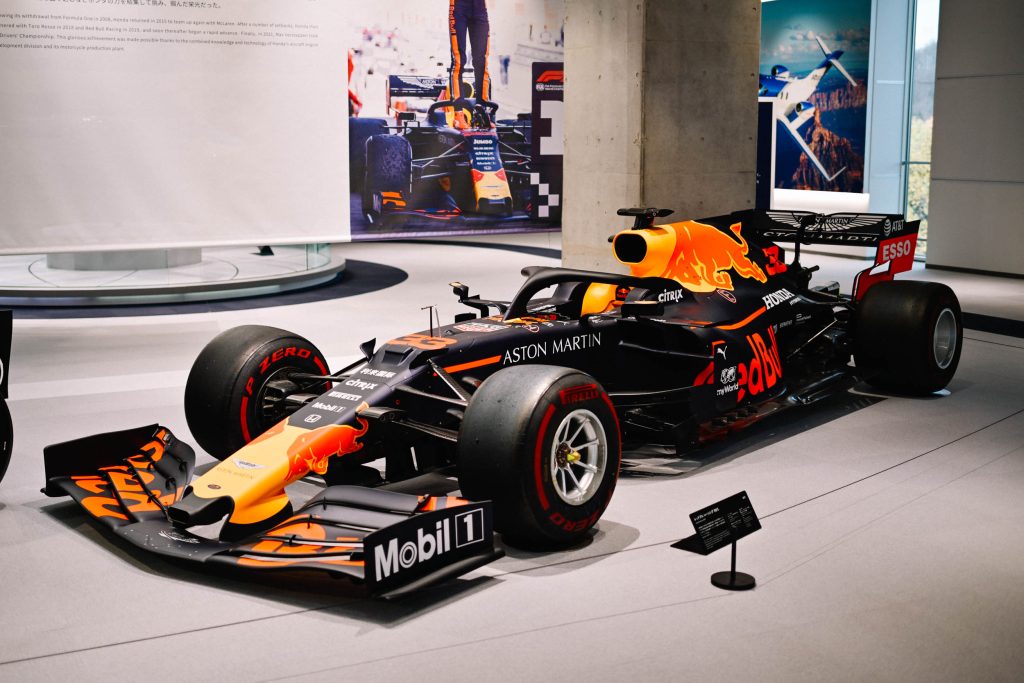
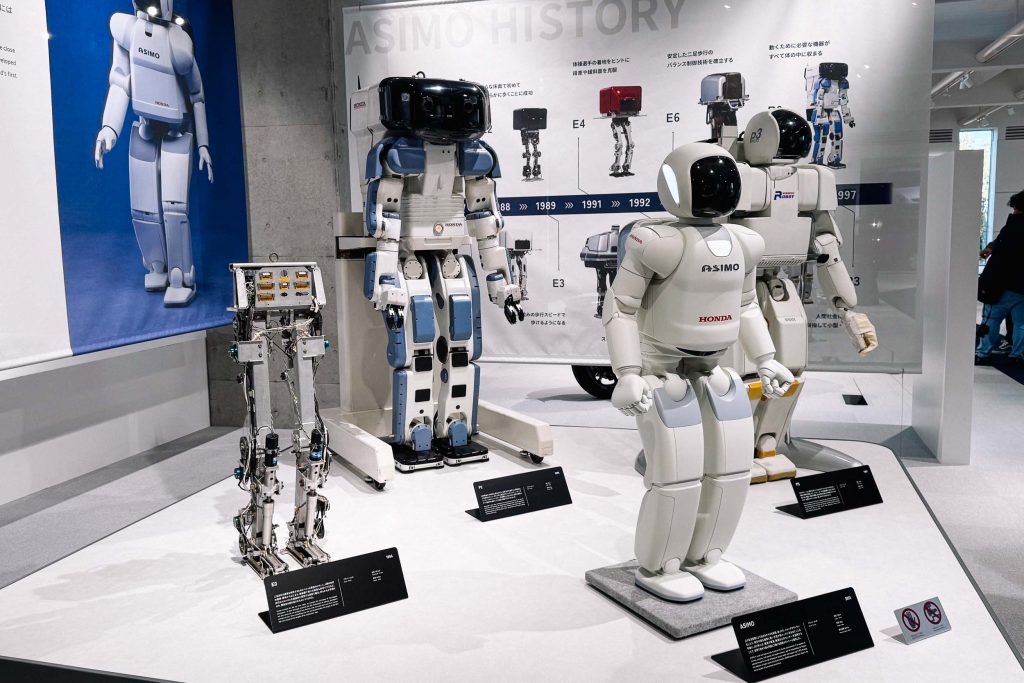
The hall was recently renovated and reopened early last year, so even if you’ve been here, it’s worth checking out the revised layout, especially with special time-limited exhibitions. Entrance to the hall is free, but Mobility Resort Motegi charges a same-day admission fee of 1,900 yen (P720) for adults and 900 yen (P340) for elementary children and infants.

